In Photos: Ancient Shoes of Egypt
Seven shoes
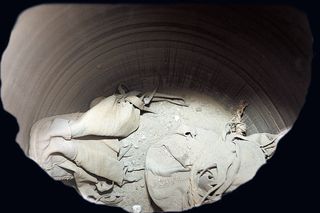
Archaeologists discovered seven shoes, that appear to be made out of bovine, within a jar in an Egyptian temple. The shoes date back more than 2,000 years and this picture shows the inside of the jar before the shoes were removed.
Two inside
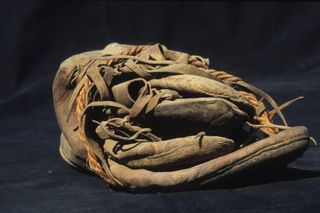
Two pairs were meant for children and in antiquity had been wrapped within a larger adult shoe using palm fiber string.
Wrapped together
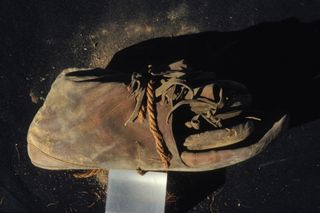
Another view of the two pairs of children's shoes tied within the larger isolated adult shoe. The isolated shoe has the earliest known example of a "rand" a folded leather strip that goes between the sole of the shoe and the upper part, reinforcing the stitching and making the shoe more watertight. In the dry climate of ancient Egypt it would not have been as useful a device and its presence suggests that the seven shoes may have been made abroad.
A closer look
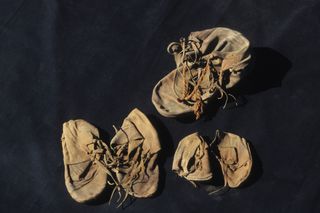
The unwrapped shoe bundle showing the two pairs of children's shoes and the adult isolate.
Tiny shoe
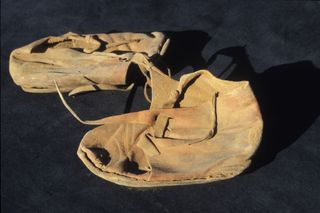
A pair of the children's shoes after being taken out of the bundle.
A bigger specimen
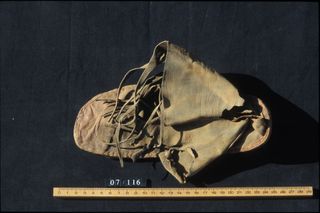
A pair of adult shoes were also deposited in the jar, measuring about nine inches (24 centimeters). This shows an image of the right shoe
Insight to the owner
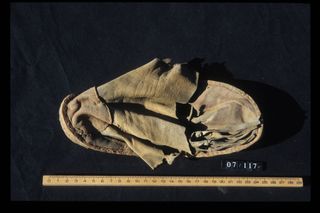
An image of the left shoe. When André Veldmeijer analyzed the pair he found that the left had more repairs than the right. This indicates that the person who wore them walked with a limp.
Sign up for the Live Science daily newsletter now
Get the world’s most fascinating discoveries delivered straight to your inbox.
A sign of status
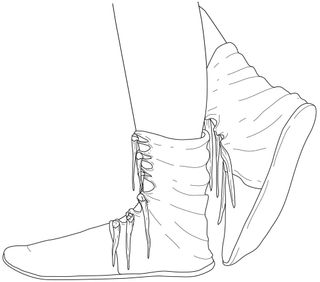
An artist's impression showing what the adult shoes looked like in antiquity. They were closed using a tailed toggle system with leather strips forming knots which were passed through openings to close the shoes. A strip of leather would hang down, decoratively, from either side of each knot. The shoes were relatively expensive, possibly foreign made and would have been a sign of status.
Style at its best
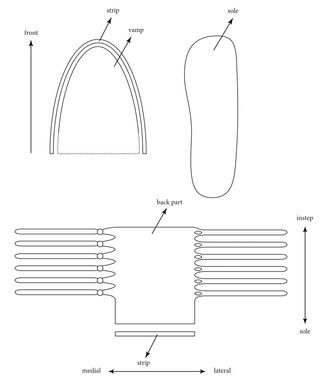
The cutting pattern of the shoes based on the adult pair. All the shoes have a similar pattern although the child shoes do not have a strip and the isolated shoe has a rand rather than a strip.

Owen Jarus is a regular contributor to Live Science who writes about archaeology and humans' past. He has also written for The Independent (UK), The Canadian Press (CP) and The Associated Press (AP), among others. Owen has a bachelor of arts degree from the University of Toronto and a journalism degree from Ryerson University.










